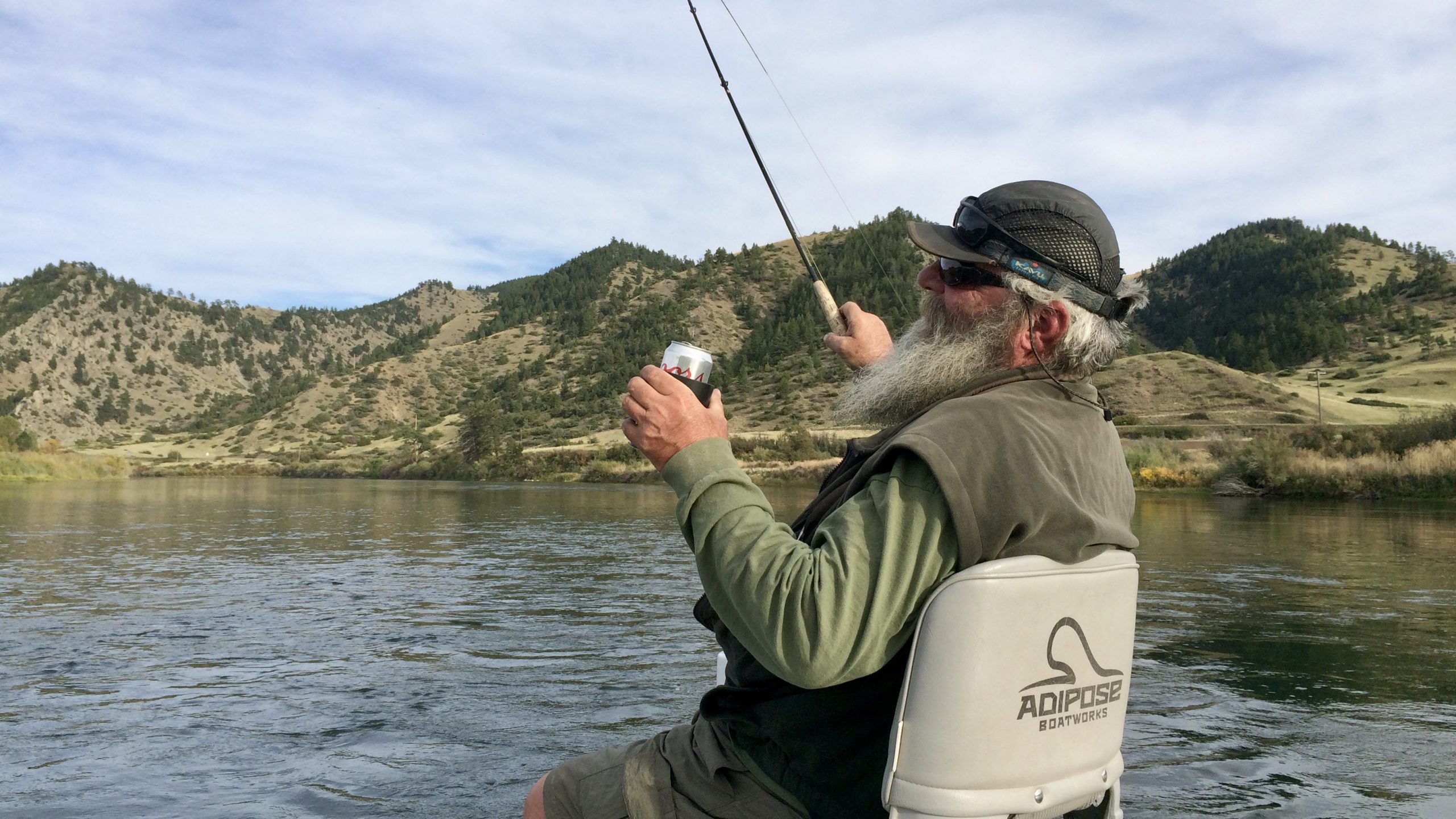[vc_row][vc_column][vc_column_text]Be deliberate in your actions when you are fishing. Lately we have been doing a lot of nymphing and having a lot of success, especially below Craig. However, the success has not been distributed equally. The anglers who have a plan, and are fishing deliberately are the ones who are enjoying most of the success. Here are a few tips to help improve your nymphing game.[/vc_column_text][/vc_column][/vc_row][vc_row][vc_column][us_image image=”26620″ align=”center”][vc_column_text]
Be Deliberate In Your Choice Of Water
Water temps are approaching the 40 degree mark. As the water warms up, fish begin moving into slightly faster and shallower water. However, the the majority of fish are still in the slow water. Look for inside bends, seam lines where different speed waters meet, and subsurface structure like drop offs and buckets. Look for water that is 4 to 6 feet deep. Water clarity has not been great lately, so use your oar to figure out the depth if you can’t see the bottom. If you take a pass through water that should be holding fish and don’t hook any, consider making an adjustment and taking another pass. Make sure there aren’t any boats behind you and row back up to the top. Change your depth or the line that the boat takes through the run. Don’t keep replicating unsuccessful actions.[/vc_column_text][/vc_column][/vc_row][vc_row][vc_column][us_image image=”26618″ align=”center”][vc_column_text]
Be Deliberate In Your Movements
At these water temperatures, takes are often subtle. Over the past week, I’ve seen several instances of anglers not realizing that they had a fish on until they tried to make their next cast. You should set the hook anytime your bobber does anything. It might be pulled underwater, but a lot of times it will simply bob, dip, twist, or turn. Assume that a fish is responsible.
Set the hook deliberately. Your motion should be similar to that of a backcast. If you strike and do not hook a fish, your rig should come out of the water, extend behind you as a backcast, and be ready to be thrown back in. Do not gently pull on your rig. Do not assume that you’re snagged in the weeds. Do not set the hook just hard enough to launch your rig directly into your face. If you treat the hook set like a backcast, and don’t connect with a fish, you can very quickly throw your flies back out and resume fishing. This will minimize tangles and keep your flies in the water. The longer your flies are in the water, the more fish you will catch.
Mend deliberately. When fishing slow water, a small belly of line below your indicator may help you detect strikes. However, if the belly becomes too big, your flies will drag unnaturally. You need to mend in order to prevent your flies from dragging. When you mend, you should move the line from your rod tip to the bobber. Don’t just jerk on it or move only a few feet of line. Pick up and mend enough line to fix the belly in your line.[/vc_column_text][/vc_column][/vc_row][vc_row][vc_column][us_image image=”26617″ align=”center”][vc_column_text]
Make Deliberate Adjustments
Have a game plan. If two people are fishing out of a boat together, don’t start the day with both rods set up exactly the same. Vary the bugs and/or depth on the two rigs. This will allow you to more quickly determine what is working through trial and error. Wait until a particular pattern or depth is working consistently before you set both rods up the same way. When you change flies, make deliberate changes. Change profiles or styles. Start with the standard winter fare. If pink isn’t working, try a more natural colored fly. If sowbugs aren’t working, try a zebra or a pheasant tail style pattern. Be deliberate with the depth of your rig. You should be hitting bottom occasionally. If you are not hitting the bottom, go deeper. If you are constantly hitting the bottom, go shallower. If you use an indicator like the new AirLocks, it is very easy to slide the bobber up or down the butt of your leader to adjust depth. The best depth for one run may not be the best depth for the next run, so being able to adjust your depth quickly will allow you to fish more efficiently.[/vc_column_text][/vc_column][/vc_row][vc_row][vc_column][vc_column_text]Having a game plan and being deliberate in your actions will put more fish in your net. Don’t ever let yourself fall into a hopeless situation or give up. There are always fish feeding on something somewhere, and feeding fish can be caught. Deliberately changing your approach and thinking methodically will help you catch them.[/vc_column_text][/vc_column][/vc_row]

Nice post. Always appreciate the information.
Bam! It’s info like this that has, and is, what sets you all apart from the crowd (and a bunch of other stuff too). If I were a MO newb, which we all were at some point, and I read this before my trip there, guess what shop I’d spend my money in? That’s why I still do, and why I send other folks your way too! Nice one Braden! I’ll see ya’ll this weekend.
Thanks! We’ll see you soon!
I agree Red Boat Mark. Braden should write more! And, see you this weekend. Used some of this info on my guide trip yesterday.
MArk
I am confused? You can drink beer while you are fishing? I assume that is part of the formula for being more deliberate? I am going to try drinking a beer when we come up and fish in June. That is a really good idea.
Great fishing info as well.
Drinking beer is fine, as long as you do it deliberately.
Great work, Braden !